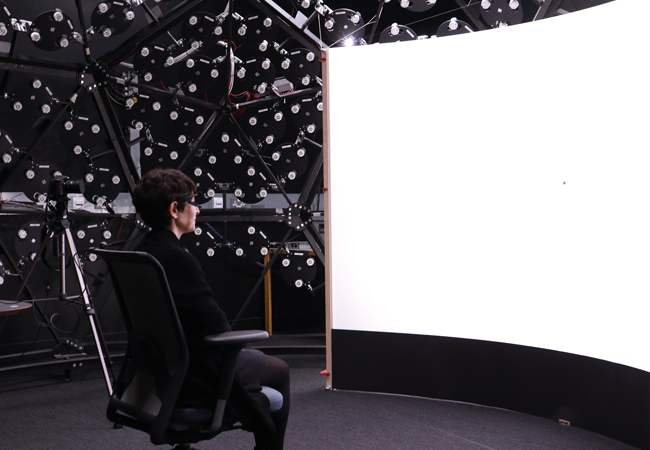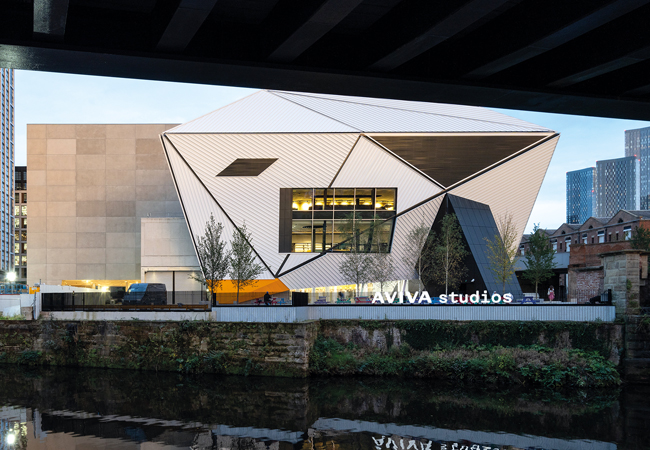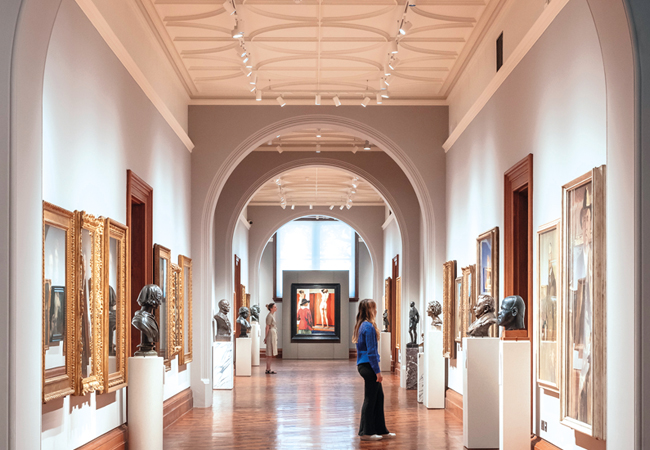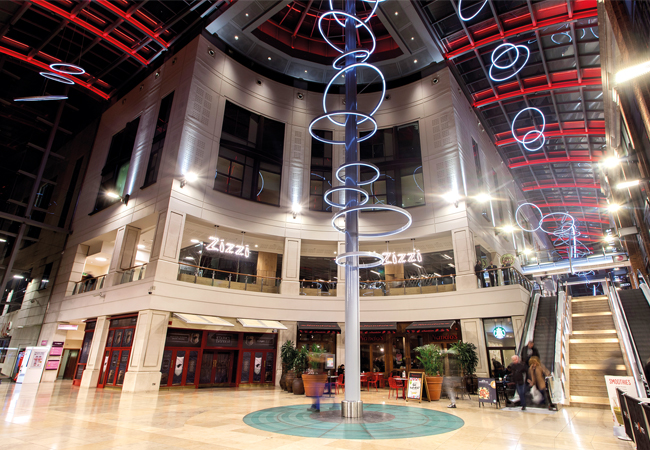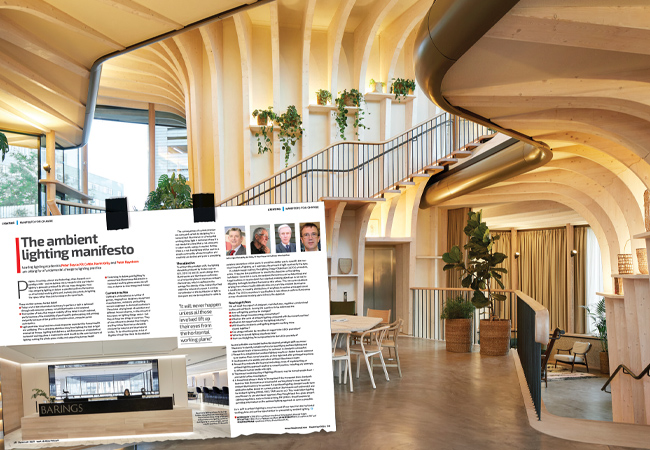
Heatherwick Studio, Maggie’s, Leeds. Above, left: The manifesto is published in the December edition of the Journal
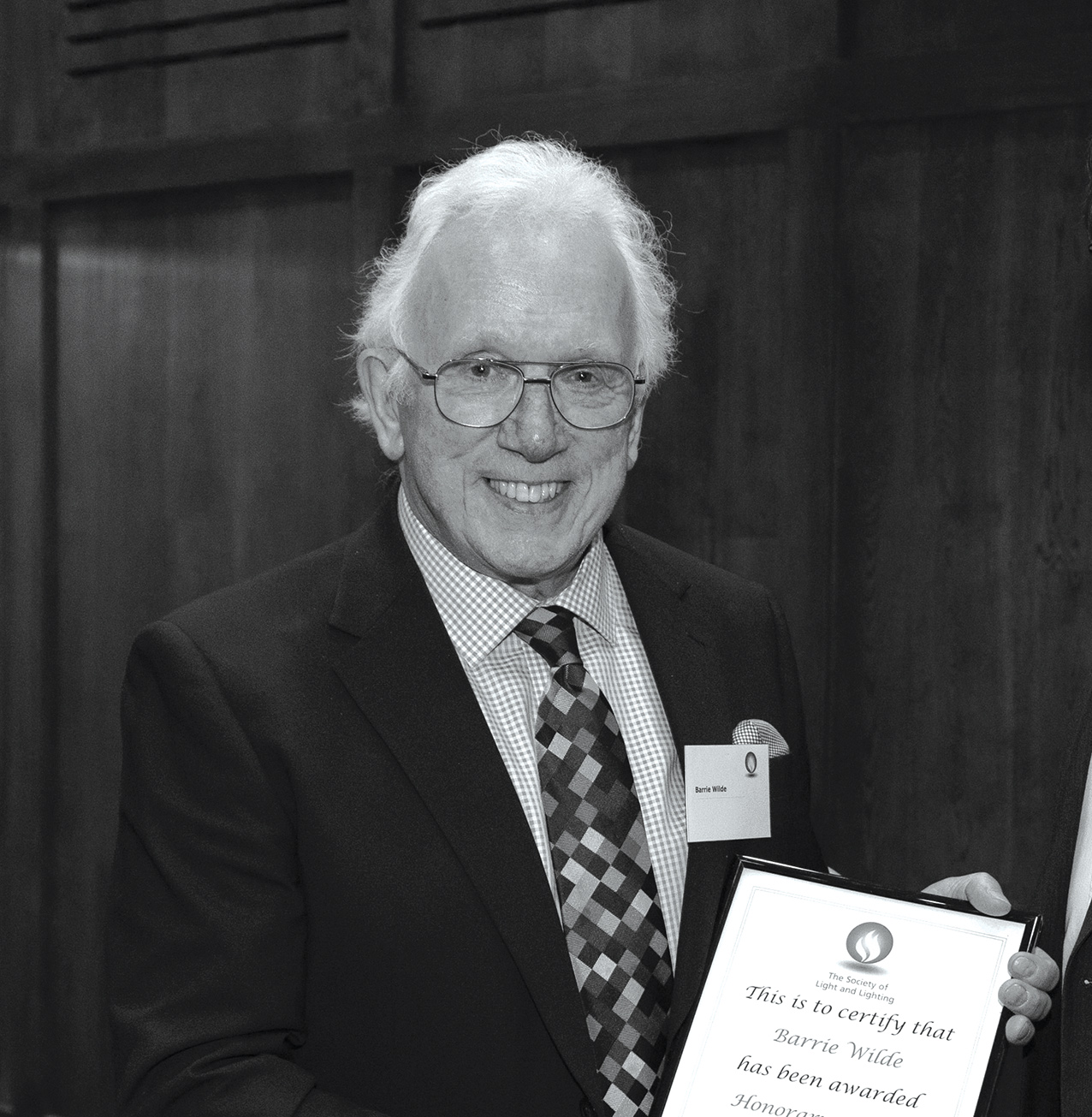
Barrie Wilde, retired lighting consultant, teacher, and former Society of Light and Lighting (SLL) president
Having retired recently, after 60 years as a lighting designer, these claims do not register with my own experience, or with that of the profession. Quite the reverse.
The considerable number of highly successful, independent lighting-design consultancies – including specialist lighting units in building services, design and architectural practices – already operate an enlightened design ethos of ‘ambient, task, display’. Of course, there are still lighting designs based on spraying a horizontal surface with an abundance of luminous flux, but surely this is a case for education, not a wholesale change in the metrics?
The SLL president’s address of 2005, by lighting academic and researcher Geoff Cook, was titled Mind the gap, and addressed the widening gap between research and design. This manifesto perhaps indicates that there is still a disconnect between the two and, if a paradigm shift is really necessary, it should be to close this gap, not to produce yet another set of metrics.
There are still lighting designs based on spraying a horizontal surface with an abundance of luminous flux, but surely this is a case for education, not a wholesale change in the metrics” – Barrie Wilde
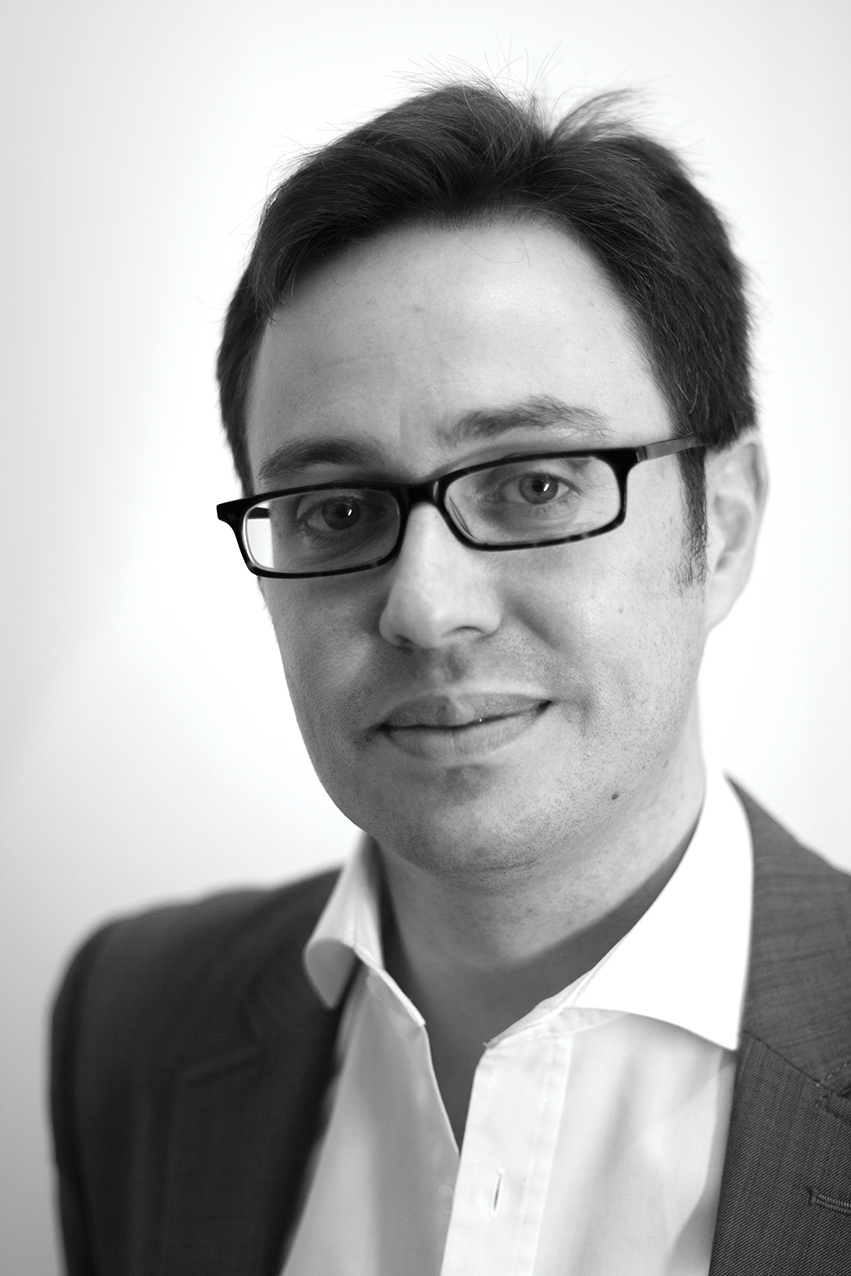
Iain Carlile, senior associate dpa lighting consultants and former SLL president
Too many people are fixated on the quantum and uniformity of light hitting a surface, be that a floor, desk or imaginary task. Task illuminance and uniformity is only a small part of the story; the whole visual environment – and the needs of the person within – have to be considered if a lighting design is to be successful.
While industry guidance gives good recommendations on how to illuminate a space considering the whole visual field, too many turn straight to the tables of illuminance and uniformity, ignoring the rest of the recommendations. This results in well-lit working planes, but, potentially, dull and uninspiring spaces.
Further, many of the illuminance recommendations are based on outmoded working practices, technology and equipment, and are in need of review.
The change to an ambient illuminance approach seems sensible, with the proposed method allowing the lighting designer creative freedom to consider the whole visual environment.
I welcome this proposal to shake up lighting calculation methods, subject to suitable research and with care not to be too restrictive in recommendations.
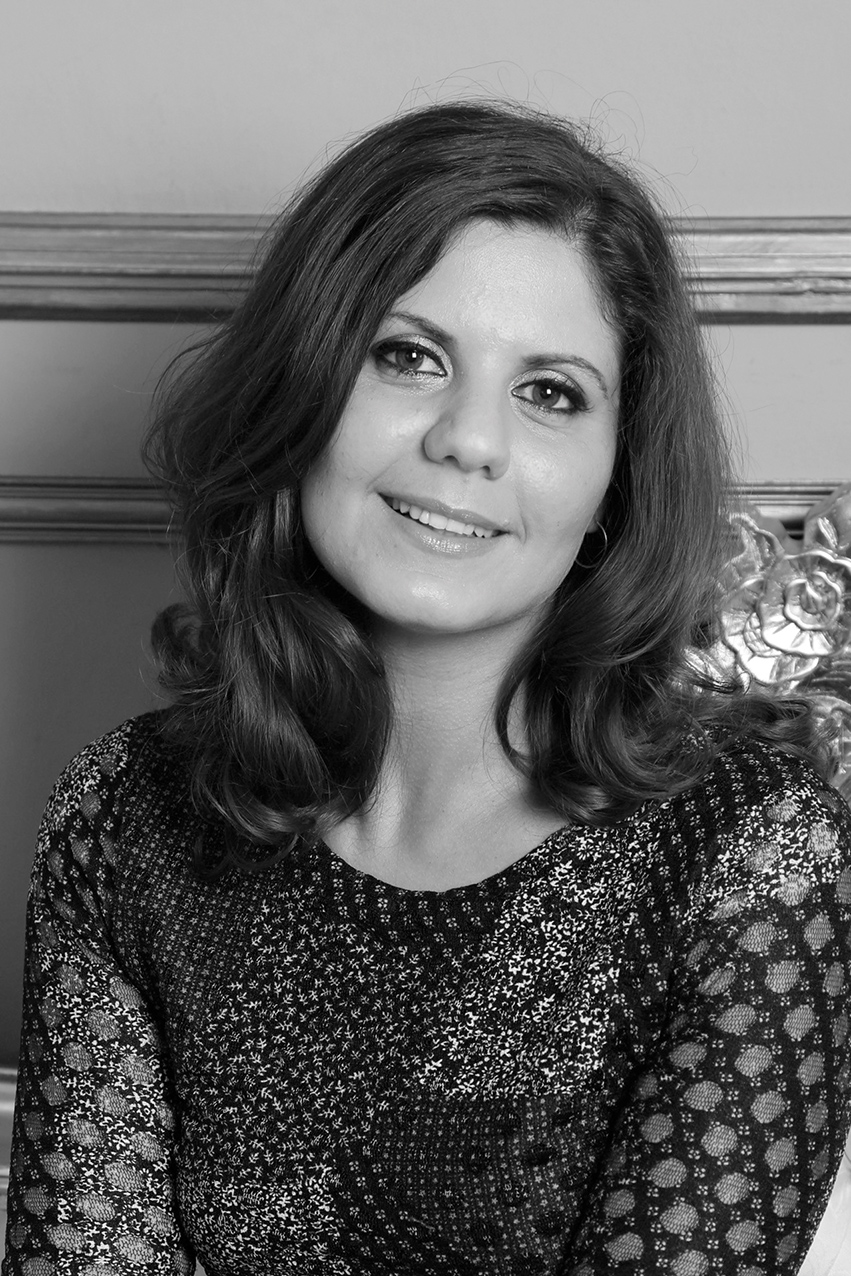
Linda Salamoun, senior communicator, PSLab
With moving times and changing functional requirements, it has become apparent that a shift in approach to the standards is required. Designers are already trying to review functional lighting requirements based on best practice, considering current standards, but in the light of the latest research about brightness, contrast and what creates visual comfort. However, adherence to standards often forces the concept towards a design that might compromise the focus and/or comfort.
We should be embracing the developments made in technology that allow us to use light more easily in ways that really support a space. If the standards produced by the authoritative bodies can change in a way that would support the way most lighting designers are already thinking, this is a positive.
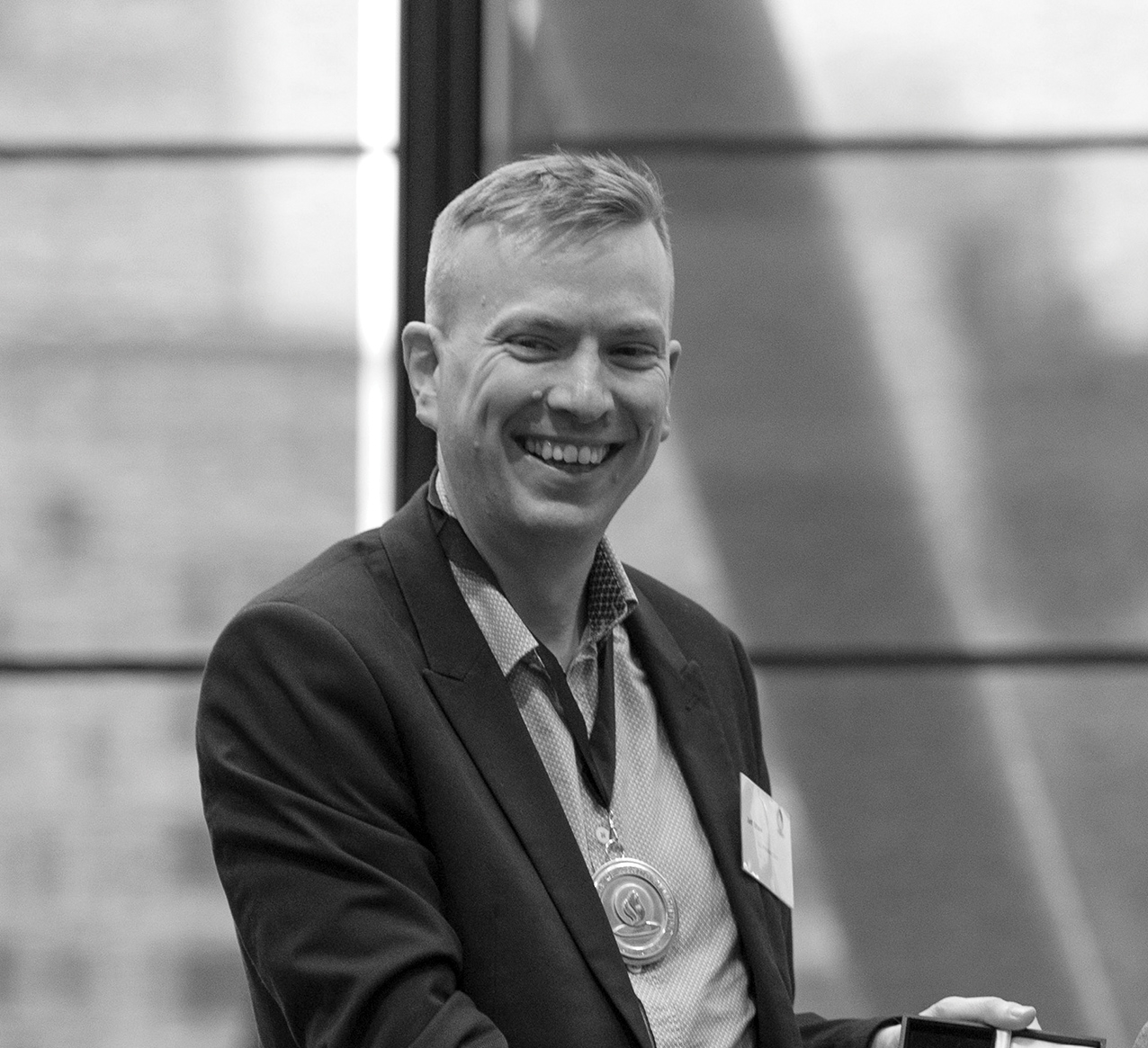
Jeff Shaw, associate director of Arup and former SLL president
When two past SLL presidents and recipients of the SLL Lighting Award, and a CIBSE Gold Medal prepare a manifesto together, we should listen.
This manifesto has a sound basis – the ‘working plane illuminance’ approach was developed in a different era. We know much more than we did in the past about the relationships between how we light a space and health, wellbeing and visual comfort.
I appreciate the risk of our profession becoming commoditised – I have recently seen a generative algorithm automating the process of ‘optimising’ the lighting layout for a simple space, based on horizontal illuminance, cost and efficiency. However, could the proposed LiDOs solution not also be exploited to ‘automate’ lighting design, albeit with different inputs and processes?
Horizontal illuminance is too often seen as ‘the one lighting metric to rule them all’, and it is not. I’d fully support a metric that could better encompass a wider range of our experience of the lit environment. As with any lighting design, that’s where any new metric must start – with the people who will occupy and use the space.
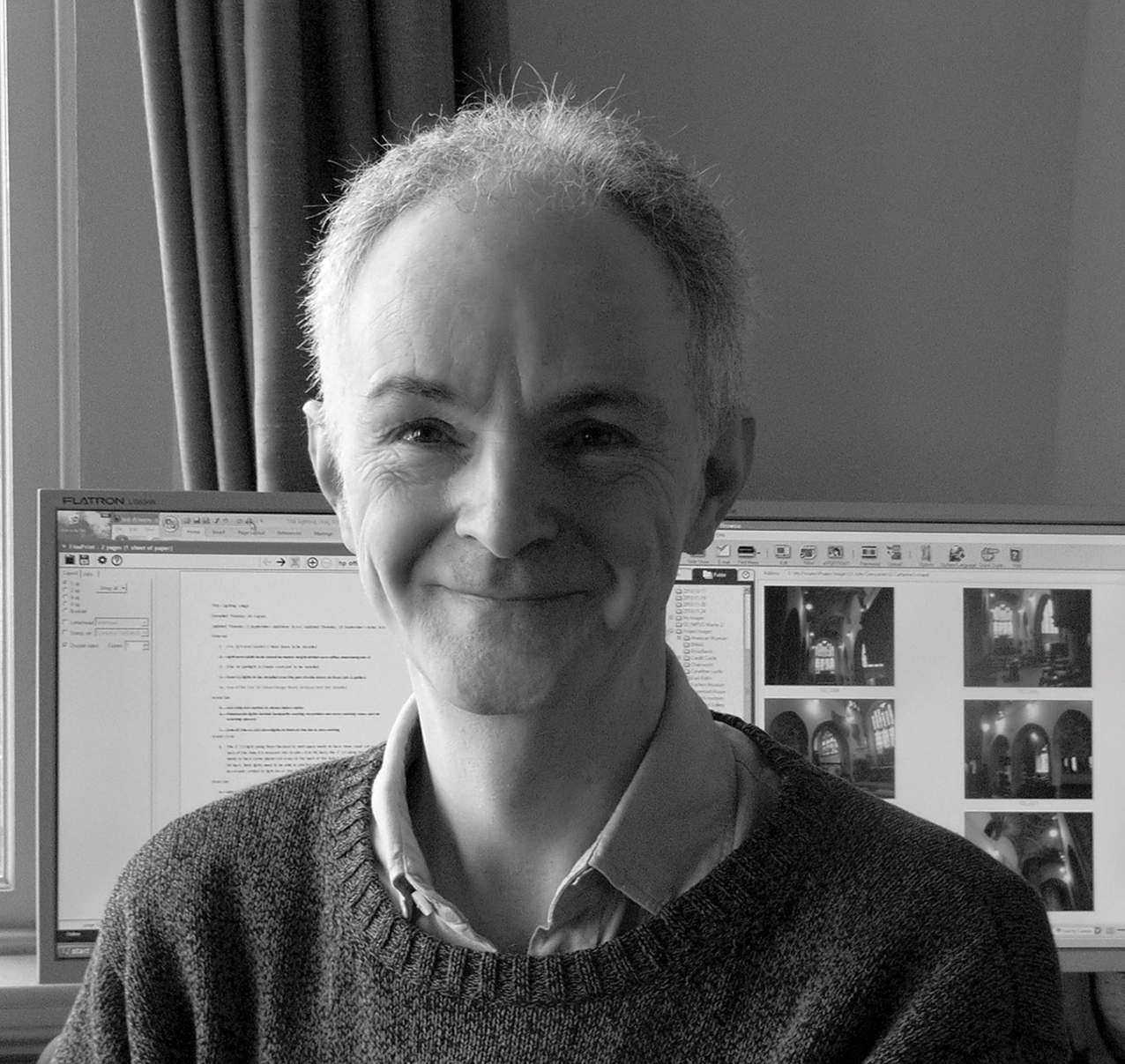
Paul Ruffles, lighting consultant, former SLL president, and editor of the SLL Lighting Handbook 2018
If those carrying out a lighting calculation would just aim to comply with the relatively simple existing visual environment criteria – see diagram (below) – it would go a long way to meeting the aims of the lighting manifesto. While experienced and thoughtful designers have always considered the whole visual environment in their designs, too many who think they can light interiors have only bothered to do quick, blanket, ‘lux on the working plane’ calculations.
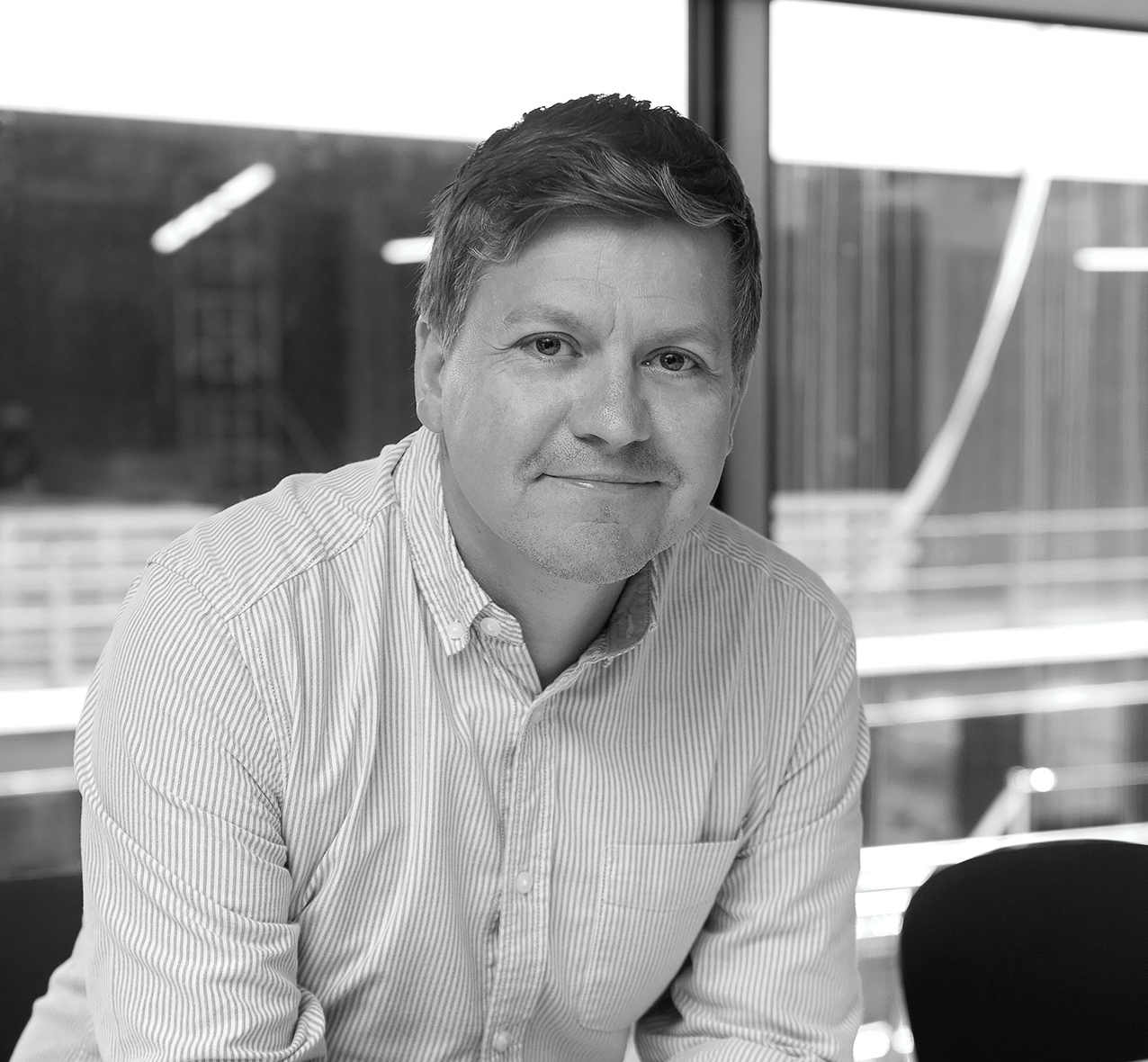
Jonathan Rush, partner, Hoare Lea
That lux or illuminance is an irrelevant metric in need of a replacement is not in doubt. Anyone with a basic understanding of human responses to light and space knows that measuring the amount of light on a horizontal plane ¬ without considering the reflectance of materials, illuminance of the surrounding surfaces, or light on the human face – is a poor way to describe quality. Given what we now know about the physiological effects of light on humans, it is also an appalling way of defining ‘compliance’.
‘Lux’ gives a simple answer to a complex question, and the lighting industry’s continued championing of the term has given it ubiquity, and reinforced the idea that lighting is easy. Change is necessary, but to address the complexity of the question properly, we cannot replace lux with another simple metric. Ultimately, good lighting design is not going to be summed up by a metric value – and trying to do so is perhaps not going to provide the change we want to see.
The problem is, and has always been, that we are trying to classify light objectively, when human responses to it are subjective and can vary greatly – Jonathan Rush
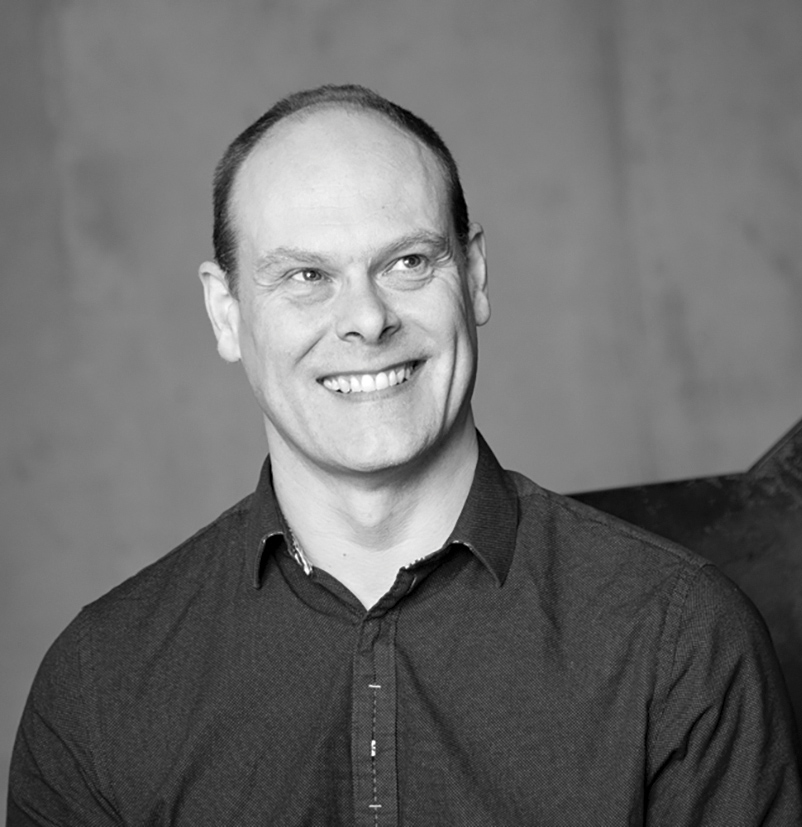
Mark Ridler, head of lighting, BDP
Four eminent lighting experts, who command my immense respect, have come together to try to achieve an admirable beneficial change in lighting practice internationally. I broadly support the aims as set out. There are trends in workplace lighting that the Covid-19 pandemic is accelerating; among these are an emphasis on biophilia (read circadian) and a move away from some tasks to an emphasis on face-to-face communication. All of this supports a shift from horizontal task to better facial recognition – in other words, ambient illumination.
However, we need to be clear about who we design codes for and whose design practice this is going to change. Lighting designers? Unlikely. They tend not to design to code, are guided by experience, and are judged on their portfolio. Engineers? Quite possibly. They will understand the maths and have access to the tools to design to the code. Contractors, manufacturers? Probably not if the mathematics or concepts are too complex to grasp easily.
There are risks in this approach, too. ‘Ambient illuminance is defined as the average flux density of the indirect flux field within the volume of a space’ is much harder for a client to understand than ‘how much light is here’. If it is not intelligible or verifiable, it will founder.
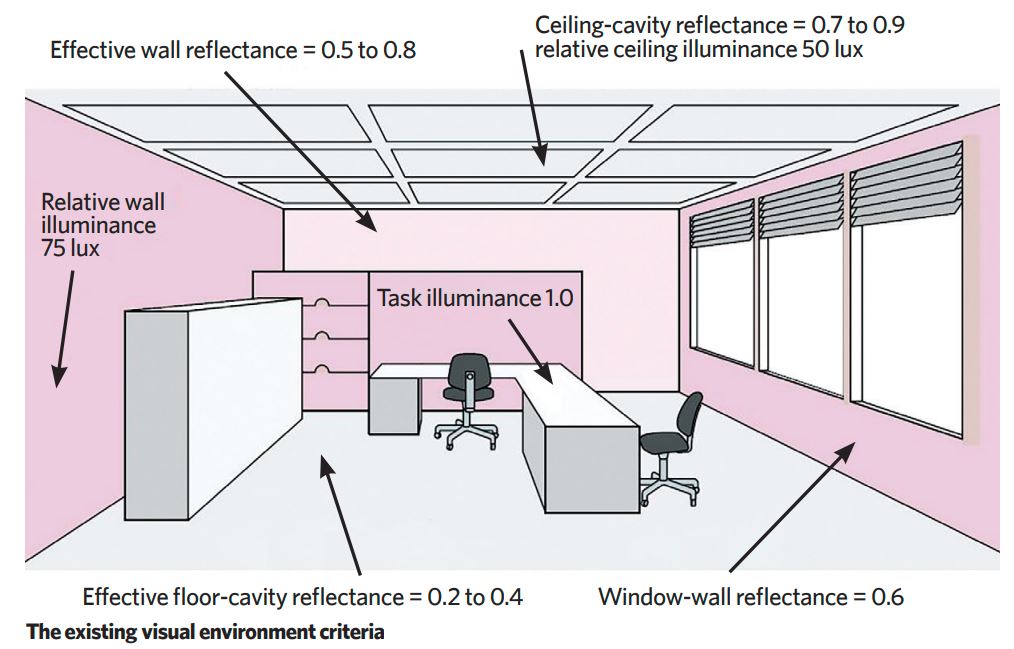

Alan Tulla, independent lighting consultant and former SLL president
I remember my first boss, at the GEC Hirst Research Centre, saying to me: ‘Alan, never forget the vertical illuminance; it’s so people can see people.’ Even 40 years ago, illuminating engineers, as we were called then, were emphasising the importance of lighting the space, rather than just the desktop.
One reason horizontal illuminance has been around so long is that it has the great advantage of being easily understandable and verifiable. In his 2005 address, Mind the gap, then SLL president Geoff Cook spoke of how little people made of research in their daily professional practice. This is my concern about ambient illuminance. It is defined as ‘the average flux density of the indirect flux field within the volume of a space’. I reckon this may be a step too far from where we are now.
Might I suggest that, with the amount of Zooming and Teaming we are all doing nowadays, maximum vertical illuminance (Ev) at face height should be the interim transitional standard? It would also be a useful stepping stone to the manifesto’s goals

